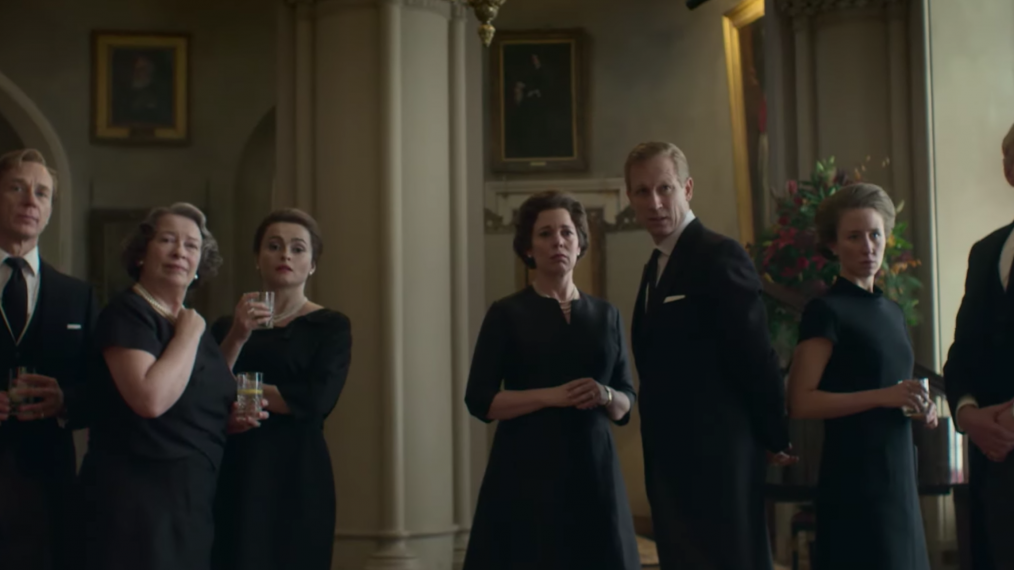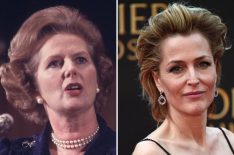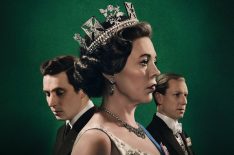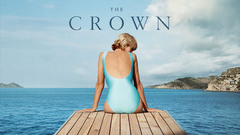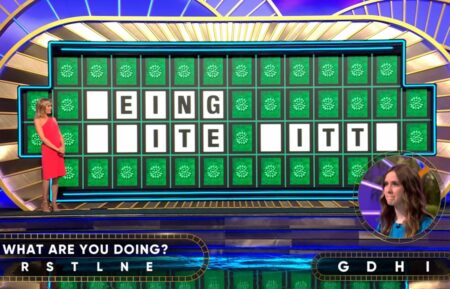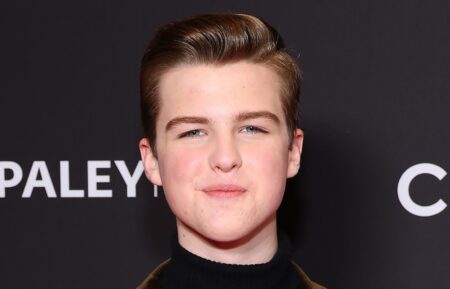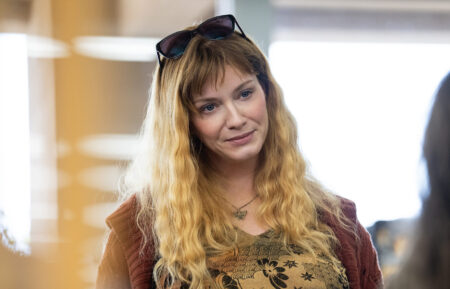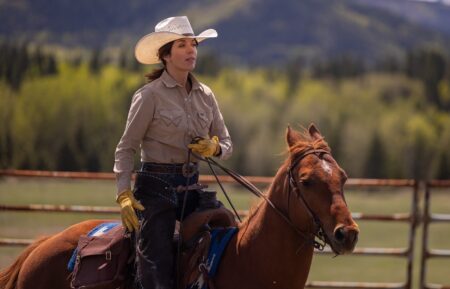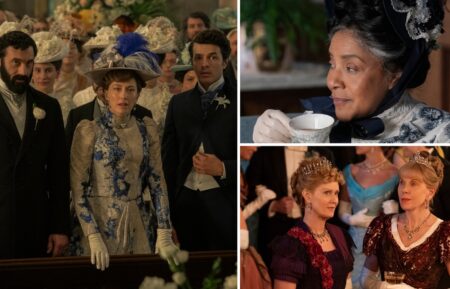‘The Crown’ Cast Previews the Changing of the Guard for Season 3
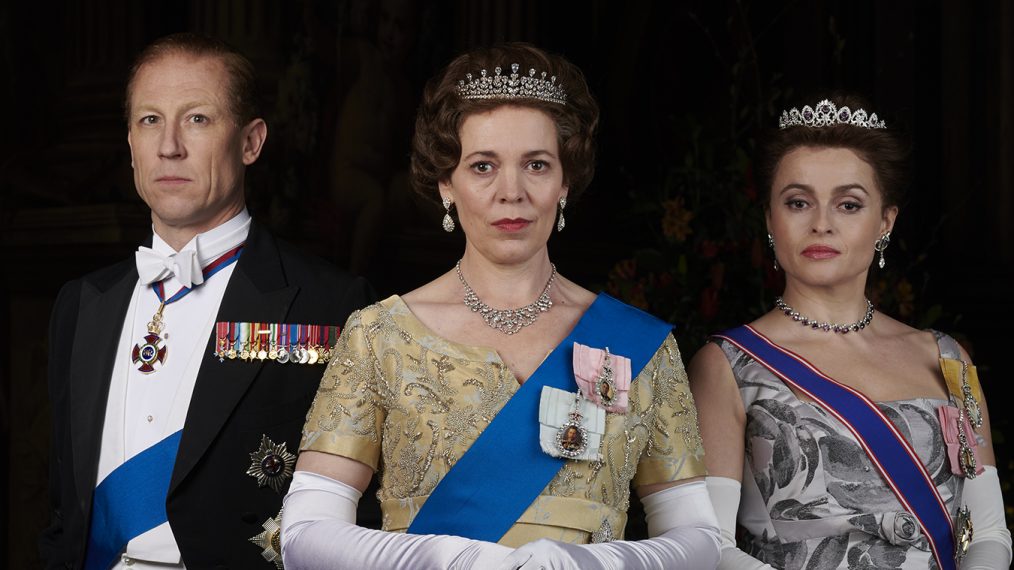
Preview
It wasn’t Queen Elizabeth’s posh accent, her mannerisms, or the icy glare she could level when displeased. No, for Olivia Colman, the hardest part of playing The Crown‘s stoic monarch was keeping her tears at bay during certain scenes — particularly in a heart-wrenching episode about the 1966 Aberfan disaster, in which 144 Welsh people, including more than 100 schoolchildren, died in a mining avalanche.
“I can’t even think about it. It makes me want to cry,” Colman tells TV Guide Magazine during a visit to the set in rainy Crowthorne, England. In her trailer before slipping into costume, she pulls her robe more tightly around her and tries to keep her feelings in check. “It’s so sad,” Colman continues. Series creator Peter Morgan recalls her anguish: “For her to be unemotional took an extraordinary amount of work.”
Ultimately, the Oscar-winning actress kept calm and carried on. But as far as challenges go, that was nothing compared to what Morgan undertook for Season 3 of the critically acclaimed drama about the British royal family. In a move almost unheard of in television, Morgan overhauled the entire cast, as the series — which covered 1947–64 in its first two seasons — portrays the now-middle-aged royals from 1964 through 1977.
Besides Colman, who takes over for Emmy winner Claire Foy, Tobias Menzies (Outlander) steps in as Elizabeth’s husband, Prince Philip, Helena Bonham Carter (the Harry Potter franchise) transforms into the queen’s rambunctious sister, Princess Margaret, and Ben Daniels (House of Cards) portrays Margaret’s defiant husband, Antony Armstrong-Jones. Other new faces include Elizabeth and Philip’s young adult offspring, Princess Anne (Erin Doherty) and Prince Charles (Josh O’Connor), plus his love Camilla Shand (Call the Midwife‘s Emerald Fennell), who would later wed to become Camilla Parker Bowles.
Though the plan had always been in place for the cast to change every two rounds (another group will take over in Seasons 5 and 6), Morgan had some concerns. “Olivia loved the show and loved Claire’s performance,” he says. Indeed, Colman admits she was “obsessed.” Because of that, “I thought there might be some [mimicking],” says Morgan. “But none of [the cast members] did that.”
According to him, the actors “immediately” put their own stamps on the royals — who face myriad trials and tribulations, both personal and national — over these 13 years. Though Elizabeth and Philip’s rocky marriage is now more settled, the monarch continues to clash with Margaret. “In a place and time where everything is predictable, [Margaret is] this bomb that could go off any moment,” notes Carter.
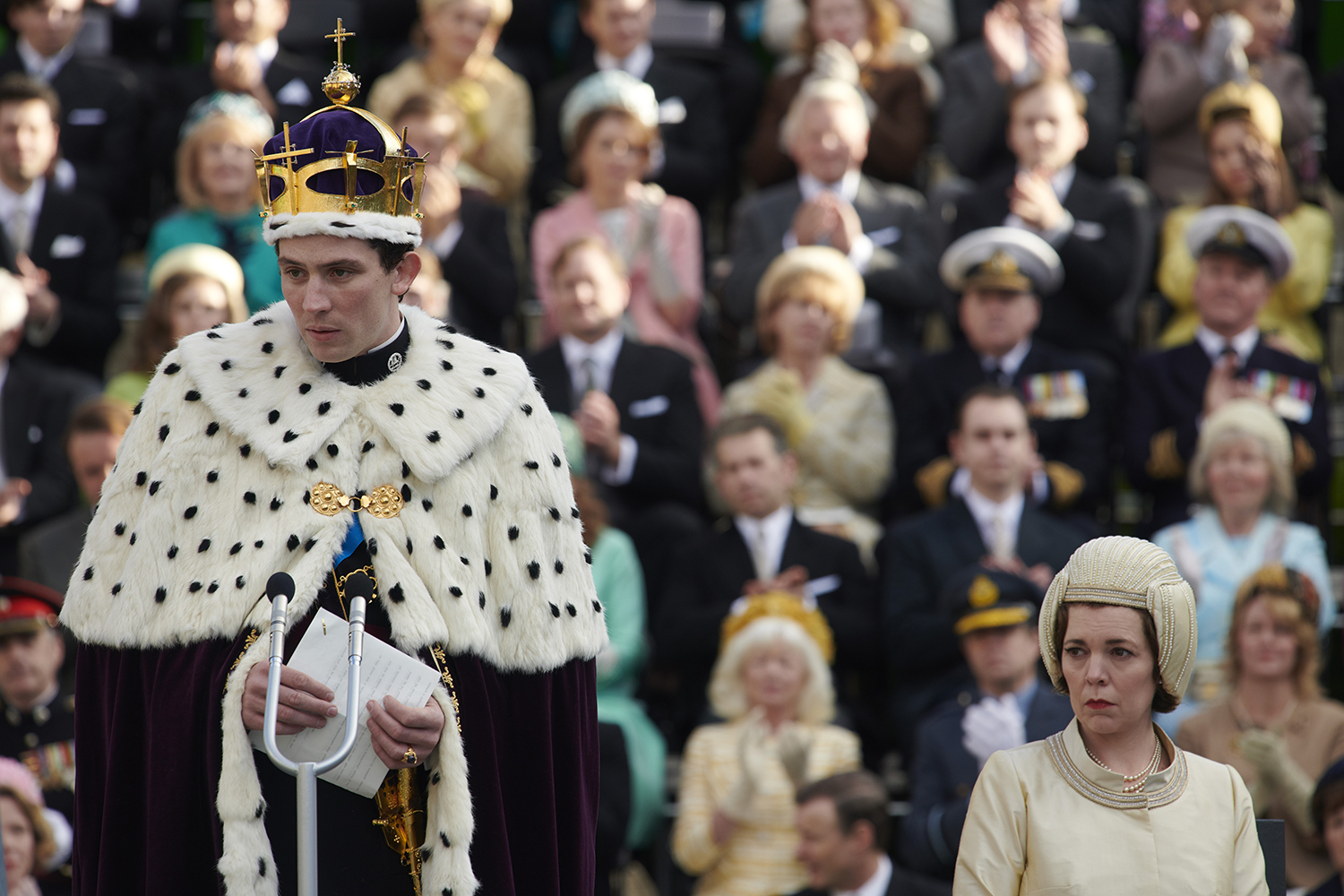
(Netflix)
Her impetuousness takes center stage during a 1965 tour of America, when Elizabeth, at the urging of new Prime Minister Harold Wilson (Jason Watkins), reluctantly asks Margaret to charm President Lyndon B. Johnson (Clancy Brown) into giving England a much-needed financial bailout. Teases Carter, “I sing something ridiculous with the president.”
The princess’ relationship with husband Armstrong-Jones isn’t so lighthearted. Season 3 documents the scandalous, headline-grabbing affairs that led the hotheaded blue bloods to split. Margaret, for one, begins a relationship with gardener Roddy Llewellyn (Harry Treadaway), a baronet 17 years her junior! Still, the “weird magnetism” between the stubborn wedded pair continues to pull them together, says Daniels. “They just couldn’t resist each other.”
A far more sweet coupling plays out too. Viewers see the early romance between Charles and Camilla, who date in the 1970s before Lady Diana Spencer enters the picture. (The eventual princess, played by Emma Corrin, won’t appear until Season 4.)
“The Camilla-Charles story is the real fairy tale [because she’s] been his one true love all along and it ended up prevailing,” says Morgan. (They wed in 2005, nine years after Charles’ divorce from Diana, who died in 1997, was finalized. But that won’t unfold onscreen until much later.)
As the queen’s eldest becomes an adult, his relationship with his mother also becomes more fraught. Eager to state his opinions publicly, Charles — whose investiture as the prince of Wales, the ceremony in which he receives his title, is re-created onscreen — gets shut down by Elizabeth.
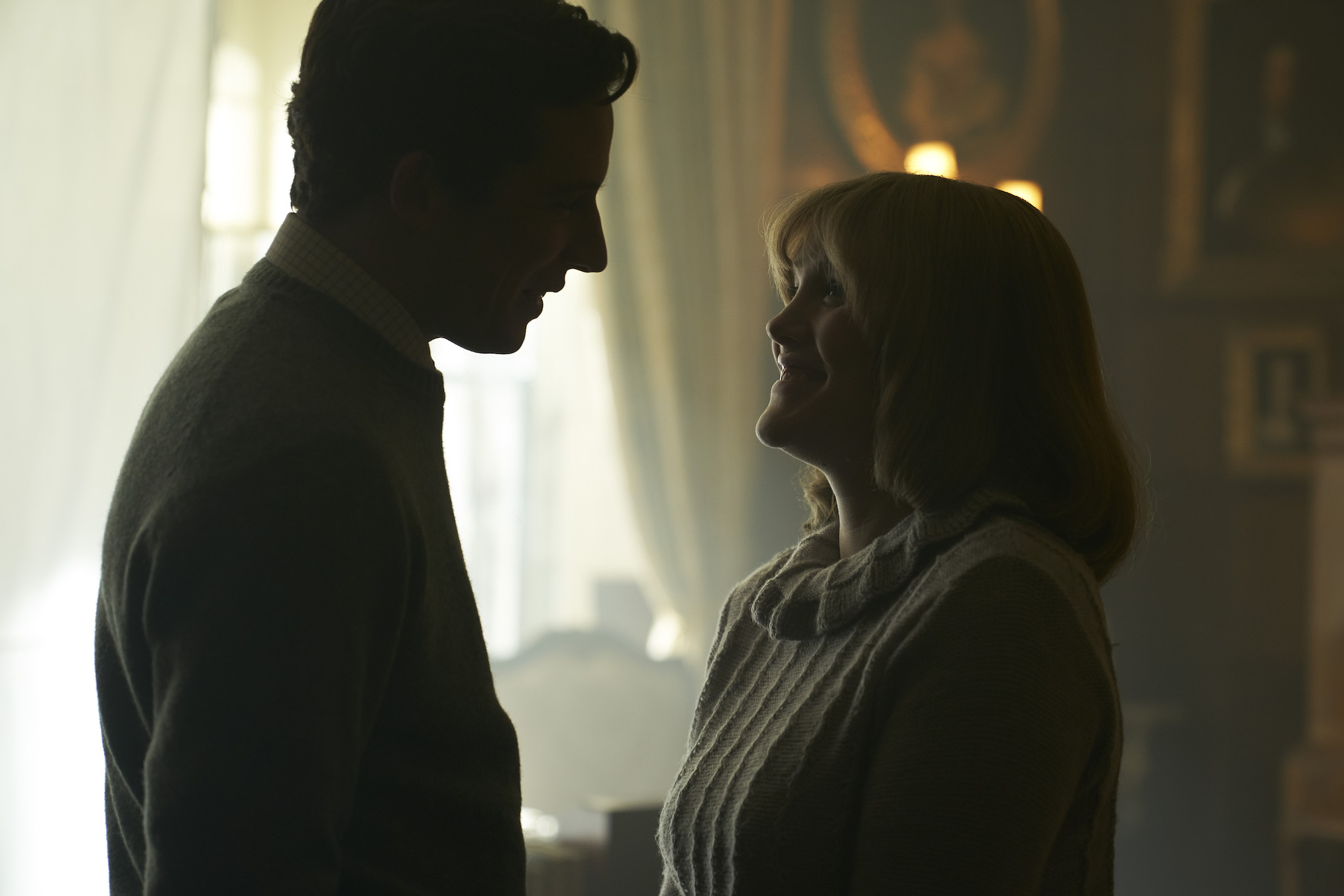
(Des Willie/Netflix)
“Charles cannot express points of view or state a position because, as the queen says to him, ‘As soon as you do, you will have declared a position and you’re going to put the monarchy at risk,'” O’Connor explains. “[Her] coldness comes through.” The actor used that to channel Charles’ despondency about their distance: “In scenes with Olivia, I thought, ‘Imagine all Charles wants is a hug from his mum.'”
With so much palace intrigue and gripping history — the death of Winston Churchill (John Lithgow), the plot by Philip’s uncle Lord Mountbatten (Charles Dance) to oust socialist PM Wilson — these 10 episodes are nearly impossible not to binge.
But fret not, Anglophiles: There’s plenty more to come. Season 4, now filming, is shaping up to be even splashier as it delves into the wedding of Charles and Diana and introduces the country’s first female prime minister, Margaret Thatcher (The X-Files‘ Gillian Anderson), who found her weekly meetings with the queen to be a “painful distraction,” says Morgan.
Colman — and millions of viewers — couldn’t disagree more with that assessment of Elizabeth II. “She is,” Colman says earnestly, “the most extraordinary human being.”
The Crown, Season 3 Premiere, Sunday, November 17, Netflix

